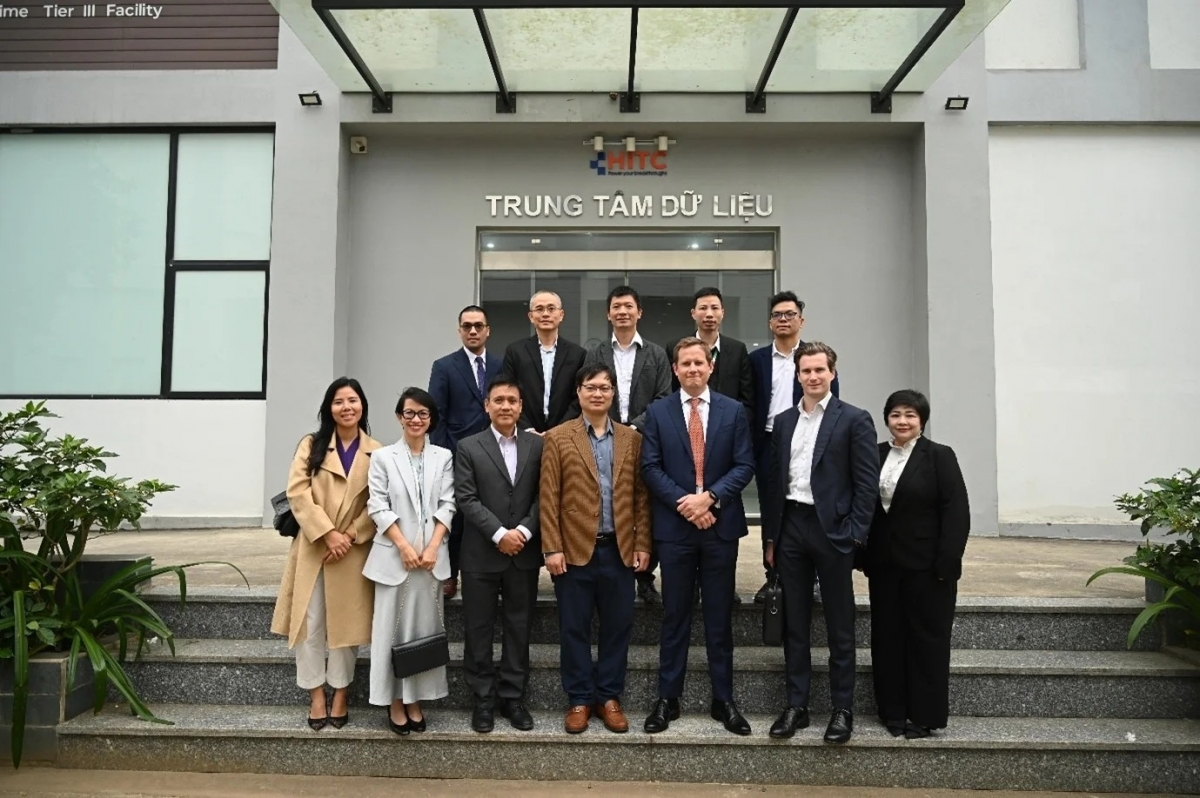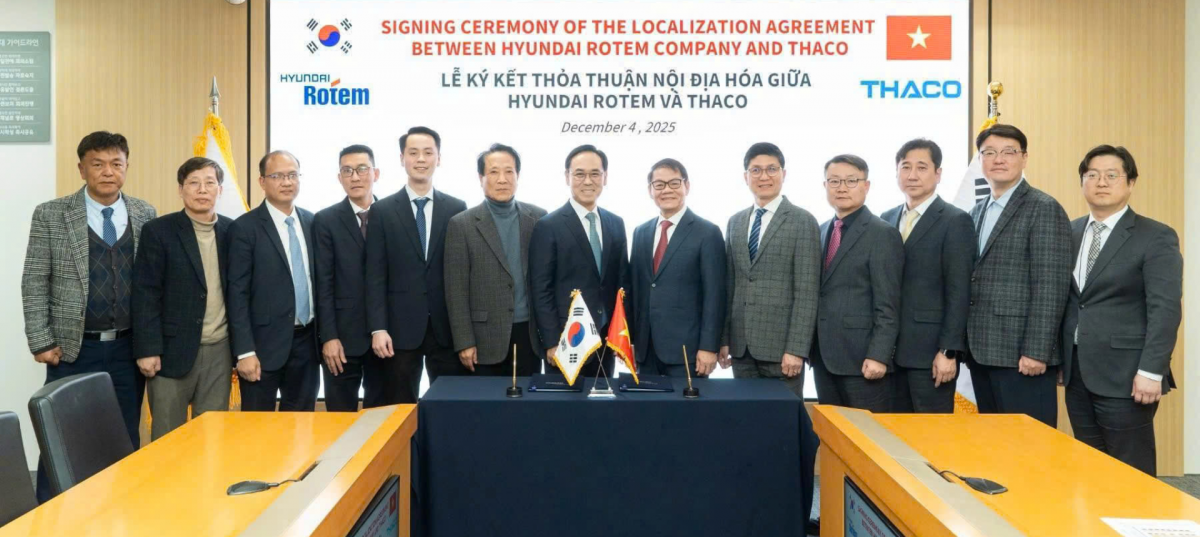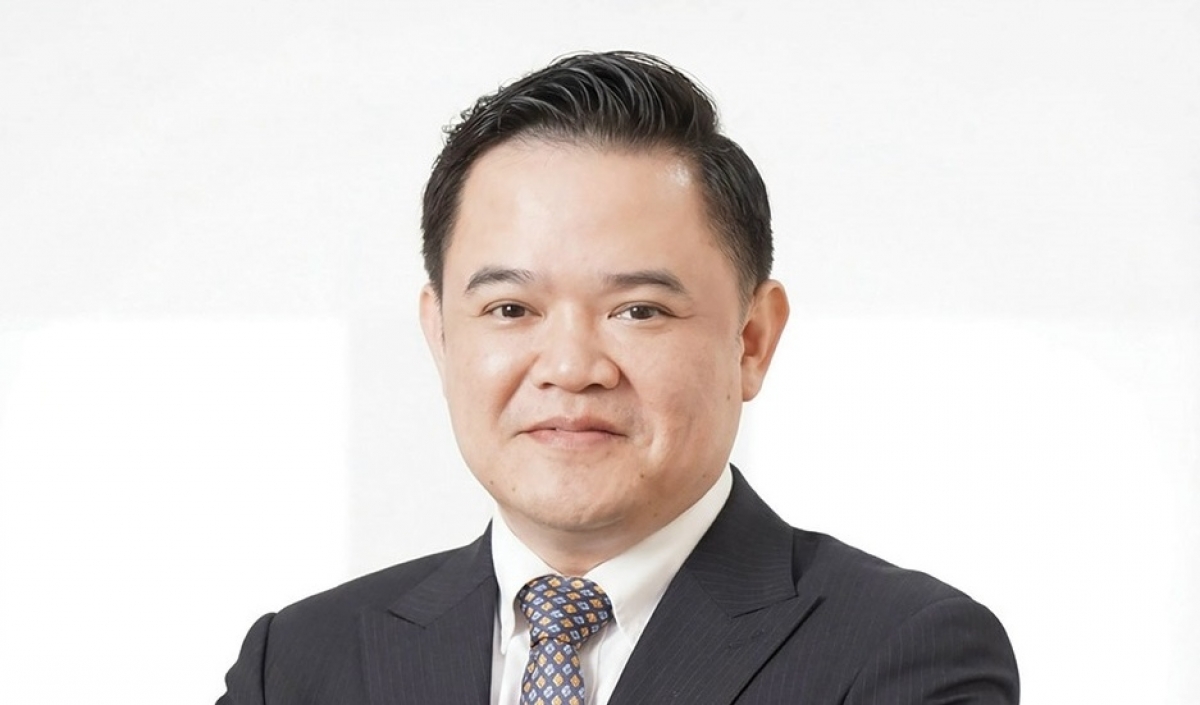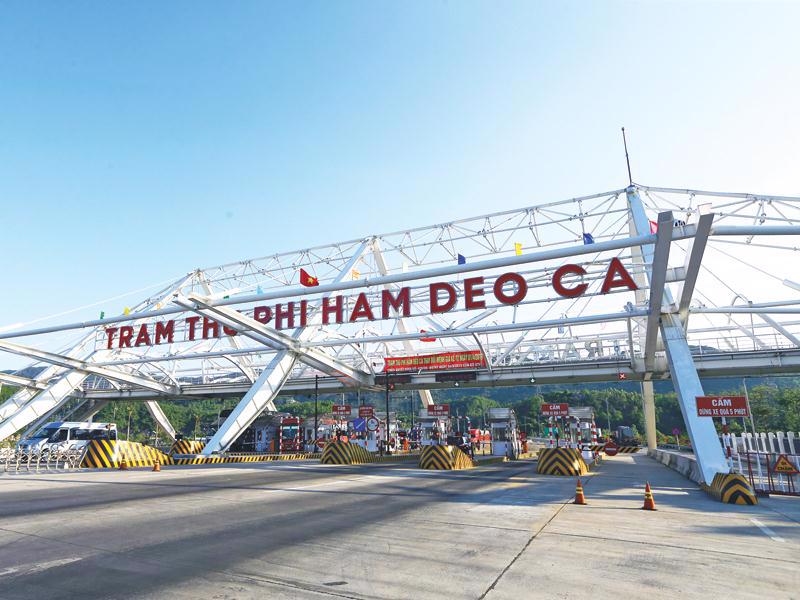INTERNATIONAL INVESTMENT
AND PORTAL
According to a report released by the National Statistics Office, Vietnam’s industrial production in May showed further signs of recovery.
The industrial production index for the month was estimated to increase by 9.4 per cent on-year. For the first five months, the index rose by 8.8 per cent, compared to 7.1 per cent in the same period of 2024.
The key driver of this growth was the processing and manufacturing sector, which recorded an 11 per cent on-year increase in May. For the first five months, the sector expanded by 10.8 per cent, contributing 8.8 percentage points to the overall industrial growth.
Vietnam’s exports are also gaining momentum as businesses rush to capitalise on the window before US retaliatory tariff rates are finalised on Vietnamese imports. Total import-export turnover in the first five months reached more than $355 billion, up 15.7 per cent from the same period in 2024.
This production surge has supported stable growth in the industrial real estate market, especially in the ready-built warehouse (RBW) and ready-built factory (RBF) segments.
According to the latest report from market research firm JLL Vietnam, warehouse leasing activity remains steady, with several successful transactions indicating continued demand.
In JLL’s industrial real estate market update released in May, country head Le Trang emphasised that the domestic market remains the backbone of the industrial property sector, particularly for leased warehouses and factories.
“Strong domestic demand has helped maintain occupancy and rental rates during the first quarter,” Trang said.
In the southern region, the RBF market continued to grow steadily in the first quarter, with modest new supply coming from a project in Loc An-Binh Son Industrial Park in Dong Nai province, developed by Nguyen Cuong JSC. By the end of Q1, total RBF supply in southern Vietnam reached 5.5 million square metres, up 0.3 per cent on-quarter and 15.6 per cent on-year.
Net absorption reached around 274,000sq.m, with Binh Duong province leading in demand, particularly in Thu Dau Mot city and Bau Bang district. As a result, the average occupancy rate climbed to 87.3 per cent, up 5.7 per cent from the same period last year.
The prime RBW segment in the south also remained stable, with a total supply of around 2.0 million sq.m. While net absorption in Q1 was modest at approximately 88,000sq.m, JLL noted that leasing demand remains, albeit cooler than during peak periods.
Supply is expected to expand further in the southern region throughout the remainder of the year, with approximately 250,000sq.m of new factory space set to launch in key provinces over the next nine months.
In the north, the modern RBW segment is expected to maintain growth through the first nine months of the year and into the medium term.
Notably, two major investors, Mitsubishi Estate Asia and Sembcorp, are planning to enter the southern market for the first time in the next five years. Their projects will focus on developing logistics hubs and hybrid warehouse models.
Global economic instability has led to a cautious market sentiment, with many stakeholders adopting a wait-and-see approach regarding upcoming trade negotiations.
“Nevertheless, the domestic market continues to serve as a vital pillar supporting the national economy,” said Trang of JLL, adding that the government has responded promptly with economic stimulus measures, notably the extension of the 2 per cent VAT reduction policy, which is expected to remain in effect through the second half of 2025 and until the end of 2026.
Nguyen Khac Hoang, head of the Ho Chi Minh City Statistics Office, emphasised the need to support enterprises, the largest contributors to the city’s GDP, by easing operational challenges. He said that job creation and income growth will stimulate consumption and, in turn, drive production.
He also stressed the importance of focusing support on high-growth-potential sectors such as electronics, semiconductors, processed foods, and organic agriculture.
“The domestic market also shows strong demand for chemicals, pharmaceuticals, and medical equipment, especially as more multinational firms like Sanofi and Bayer expand production in Vietnam, positioning the country as a pharmaceutical hub in Southeast Asia,” Hoang said at a meeting to review social and economic situation of Ho Chi Minh City in May.
“While short-term uncertainty over tariff policy may have negative impacts on the industrial real estate sector, long-term growth prospects remain intact,” Hoang added.
 Warehousing sector embraces advanced technologies to enhance operational efficiency
Warehousing sector embraces advanced technologies to enhance operational efficiency
The warehousing sector in Vietnam and globally is rapidly embracing advanced technologies to enhance operational efficiency and reduce costs amid growing demand from e-commerce and global trade.
 Logicross enters Vietnam with two modern and sustainable warehouses
Logicross enters Vietnam with two modern and sustainable warehouses
Mitsubishi Estate, a leading Japanese real estate developer, is bringing its renowned Logicross brand to Vietnam with two strategic projects: Logicross Nam Thuan and Logicross Haiphong. Takashi Kagamoto, general director of Mitsubishi Estate Vietnam, shares insights on Logicross’s expansion strategy in Vietnam.



















